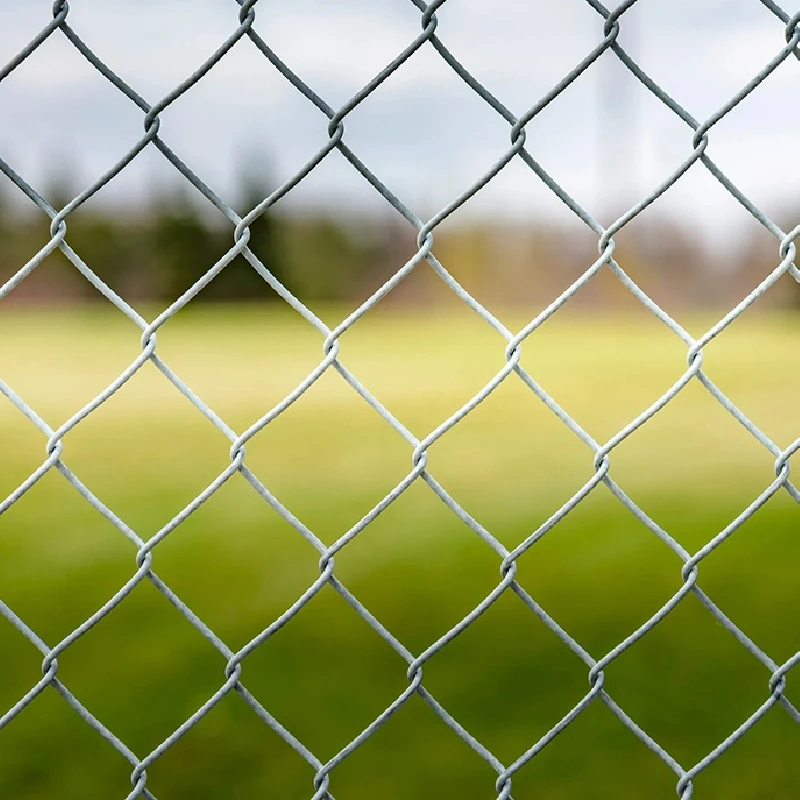Dec . 21, 2024 17:00 Back to list
steel mesh retaining wall
Steel Mesh Retaining Walls An Overview
Steel mesh retaining walls have emerged as a popular choice in modern engineering and construction projects. These structures, designed to hold back soil and manage lateral earth pressures, are not only functional but also offer aesthetic advantages. This article delves into the benefits, construction methods, and applications of steel mesh retaining walls, illustrating why they are an excellent choice for various engineering needs.
Understanding Steel Mesh Retaining Walls
A retaining wall is a structure that holds back soil, preventing erosion and land shifting, particularly in hilly or sloped areas. A steel mesh retaining wall utilizes high-strength steel mesh to create a sturdy yet flexible barrier. The versatility of steel makes it an ideal material; it can easily adapt to different soil conditions, loads, and environmental factors.
The structure is typically made by stacking large stone or soil-filled bags against the steel mesh, which allows for drainage and reduces hydrostatic pressure on the wall. This innovative design minimizes the risk of collapse while promoting natural drainage, essential for preventing water accumulation behind the wall.
Advantages of Steel Mesh Retaining Walls
1. Durability Steel mesh is resistant to corrosion and weathering, which ensures longevity and reduces the need for frequent repairs or replacements. Its robustness also helps it withstand significant loads of soil and water pressure.
2. Cost-Effectiveness Compared to traditional concrete or masonry retaining walls, steel mesh options can be less expensive. Lower material costs, coupled with easier installation, result in savings on both labor and resources.
3. Flexibility and Ease of Construction The lightweight nature of steel mesh facilitates easier handling and quicker assembly. This is especially advantageous in remote areas where heavy machinery may not be accessible.
4. Environmental Impact Steel mesh retaining walls support vegetation growth due to their porous nature. This allows for plant roots to stabilize the wall, enhancing both aesthetics and environmental sustainability. Furthermore, using locally available materials can reduce the carbon footprint associated with long-distance material transport.
5. Versatile Design The adaptability of steel mesh systems allows them to form various shapes and heights, making them suitable for diverse landscaping and architectural styles. This versatility encourages creative designs that can enhance the beauty of a landscape while serving practical purposes.
Construction Methods
steel mesh retaining wall

The construction of a steel mesh retaining wall generally involves several key steps
1. Site Assessment Before any construction begins, a thorough assessment of the site is essential to understand soil conditions, load requirements, and drainage patterns.
2. Foundation Preparation The area where the wall will be constructed must be excavated and leveled to provide a stable foundation.
3. Mesh Installation Steel mesh panels are installed at the desired angles to accommodate the slope and expected load. Reinforcements, such as reinforcement bars, may be added to strengthen the structure.
4. Backfilling Once the mesh is in place, it is filled with soil, gravel, or stone, compacted to ensure stability.
5. Drainage Solutions Installing appropriate drainage systems, such as perforated pipes or gravel layers, is crucial to manage water flow and prevent pressure buildup.
6. Finishing Touches Finally, any additional landscaping, such as planting vegetation or adding decorative elements, can enhance the wall’s functionality and aesthetics.
Applications
Steel mesh retaining walls find applications in a variety of settings, including residential, commercial, and infrastructure projects. They are ideal for gardens, roadways, and highway embankments, where slope stability is critical. Additionally, they are increasingly used in green engineering, where the focus is on integrating man-made structures with natural landscapes.
Conclusion
Steel mesh retaining walls represent a blend of strength, durability, and aesthetic appeal, making them an excellent choice for numerous engineering and landscaping projects. Their ability to manage earth pressures while facilitating natural drainage and growth underscores their importance in contemporary construction. As the industry continues to evolve, steel mesh retaining walls will likely remain a preferred option for many civil engineers and landscape architects, offering both functionality and beauty in harmony with the natural environment.
-
Reinforcing Mesh: Core Material of the Construction Industry
NewsJul.07,2025
-
Welded Wire Fabric Reinvented for Modern Projects
NewsJul.04,2025
-
Superiority of Stainless Steel Woven Mesh
NewsJul.04,2025
-
Key Types of Razor Wire and Their Applications
NewsJul.04,2025
-
Durable Metal Fence Types for Security
NewsJul.04,2025
-
Best Materials for Livestock Fence
NewsJul.04,2025
products.







